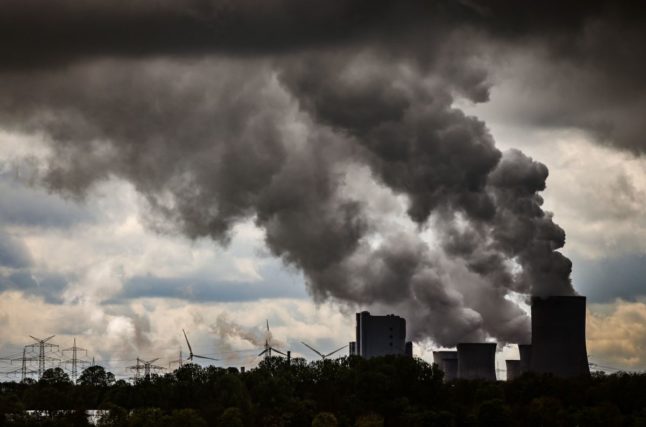Monday March 20th was the first official day of spring for the Northern Hemisphere. And after all the cold and grey of winter, residents of Germany are naturally anxious to get the new season started.
Fortunately it seems the first spring flowers are already peaking up through the ground, like below at the Köpenick Palace in Berlin.
 Photo: DPA.
Photo: DPA.
The German Weather Service (DWD) still predicts rainy weather for east and south Germany on Tuesday and Wednesday, but temperatures are also gradually rising.
By Friday and Saturday, central and southern Germany are expected to see the mercury rise up to 17C and 18C, respectively.
So you may be able to go outside with fewer layers on as you enjoy the new foliage, like the almond tree blooming in Frankfurt, pictured below.
 Photo: DPA.
Photo: DPA.
In Stuttgart on Monday, the first flowers of the magnolia trees were emerging amid mild temperatures in the Baden-Württemberg capital.
 Photo: DPA.
Photo: DPA.
According to the DWD, an early spring started to ring in this year at the end of February, with hazelnut blossoms, snowdrops and alders awakening.
The dog pictured below seems to quite enjoy these crocuses that sprung up at the start of March in Düsseldorf.
 Photo: DPA.
Photo: DPA.
And all the new greenery means it's time again to wander through the vast gardens of the many castles and palaces dotted across Germany, like the massive Ludwigsburg Palace shown below in Baden-Württemberg.
 Photo: DPA.
Photo: DPA.
Or maybe it's time to get out and visit your favourite local park to see if there are any new buds blooming there.
In Husum, Schleswig-Holstein pictured below, it seems things are already awash with the colour violet.
 Photo: DPA.
Photo: DPA.
And let's not forget one of the best parts of sunny weather: being able to emerge from the dark tavern or Kneipe on the corner and say “Prost” to a drink outdoors.
These two in Berlin certainly have the right idea. Happy spring!
 Photo: DPA.
Photo: DPA.




 Please whitelist us to continue reading.
Please whitelist us to continue reading.